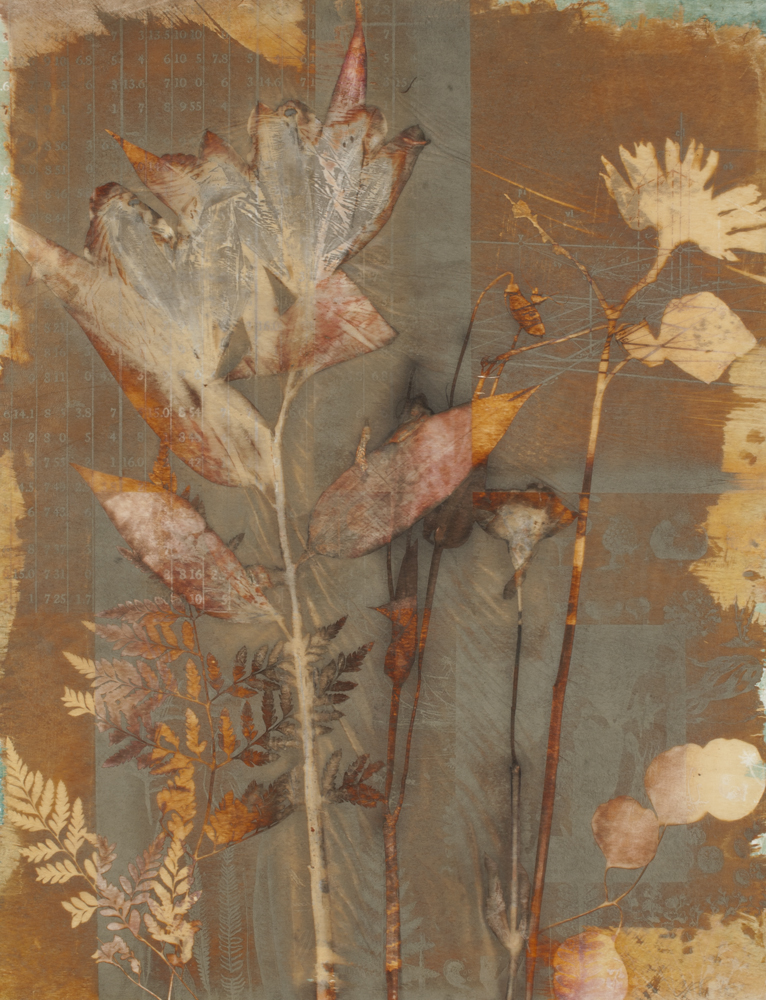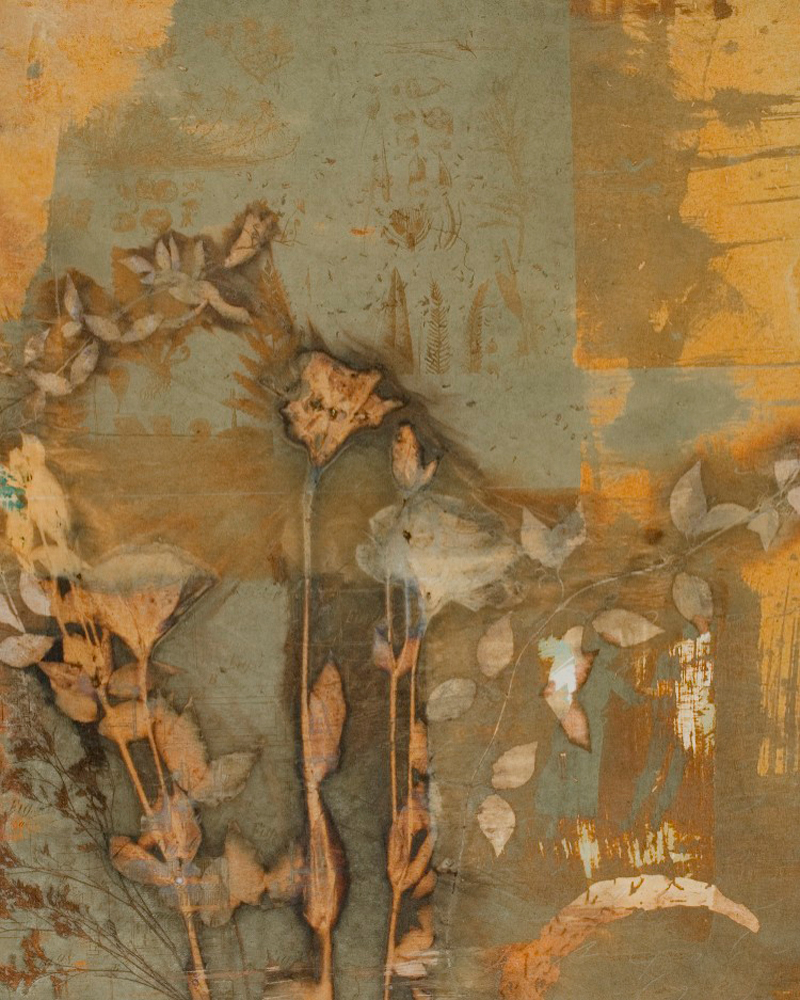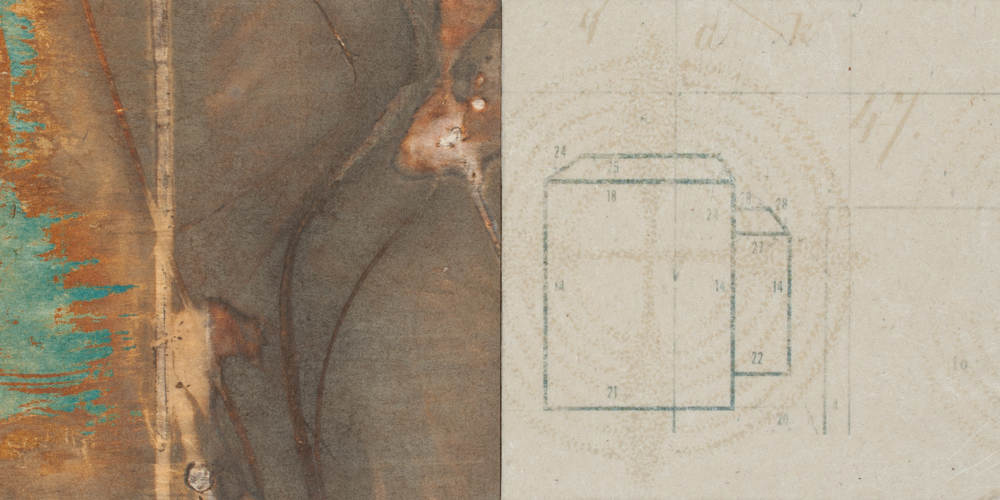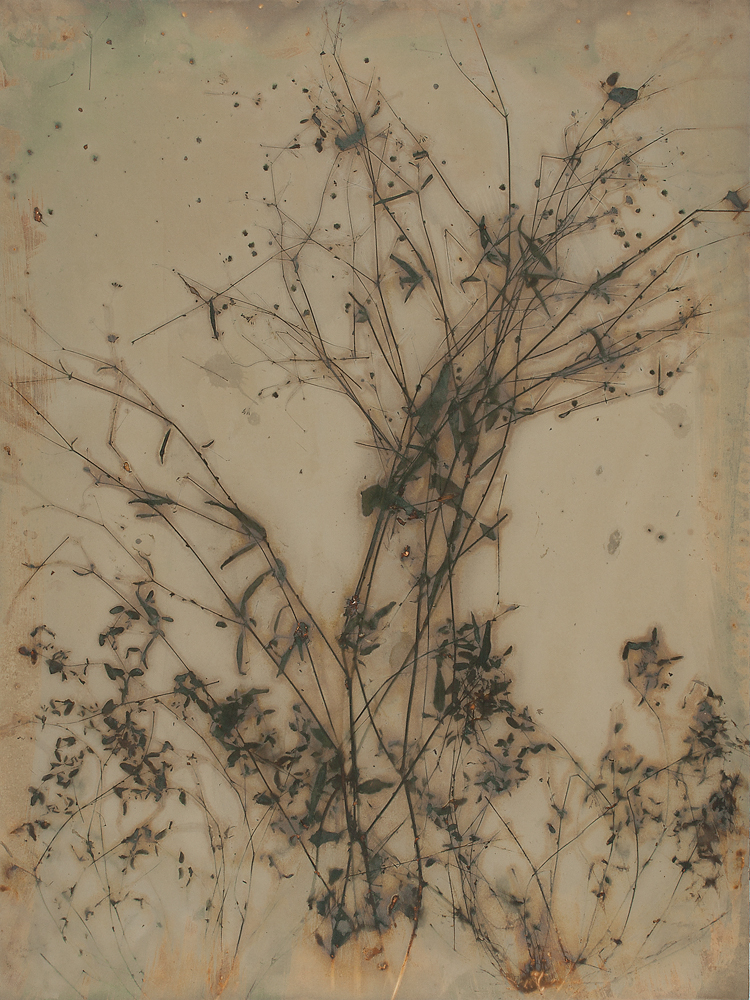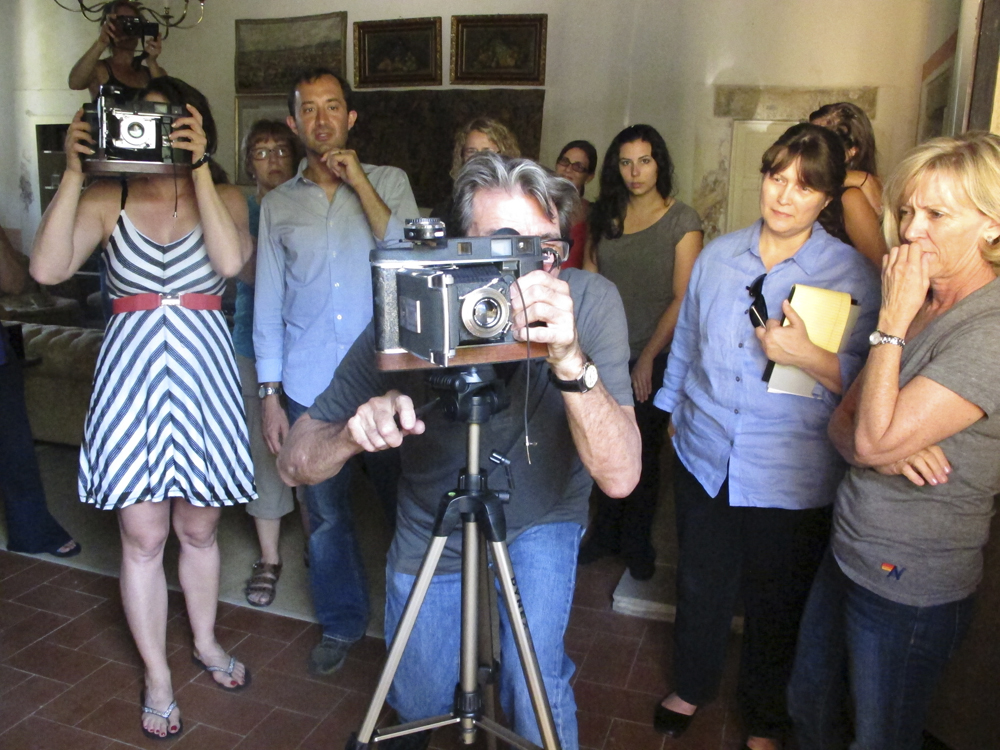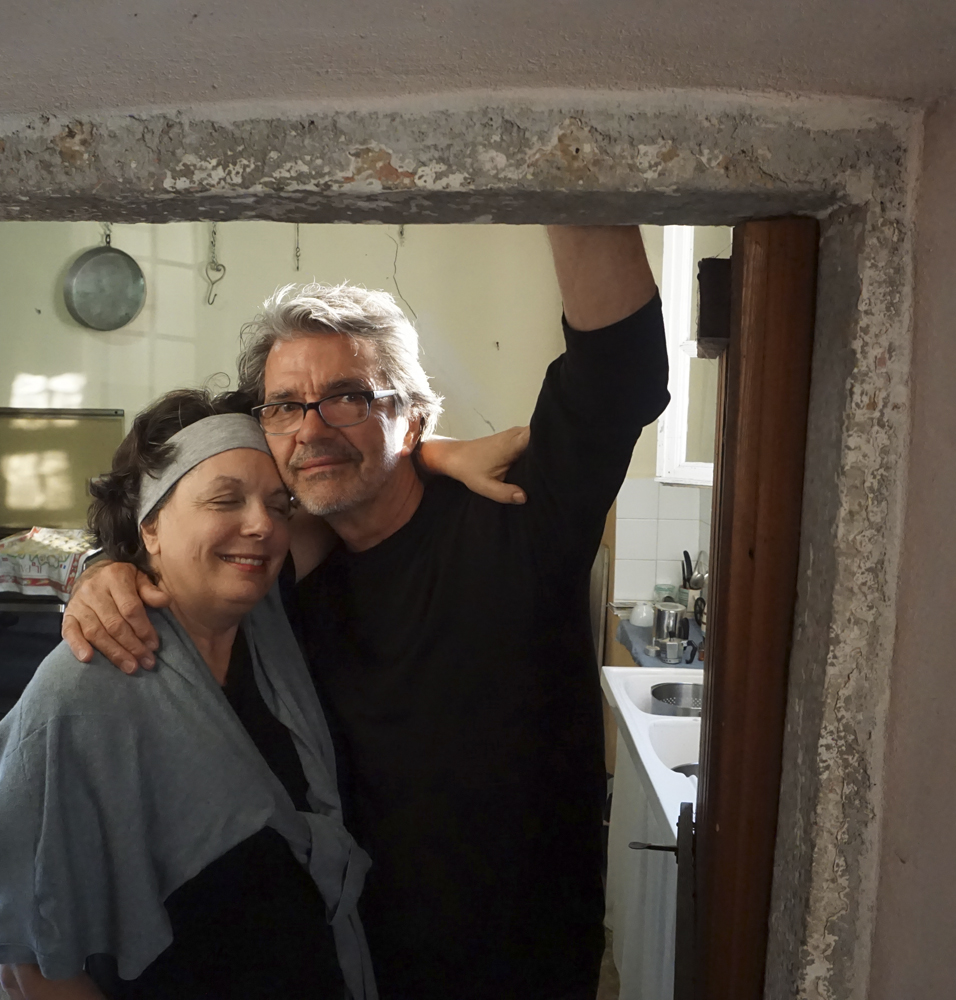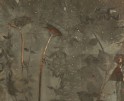James Hajicek and Carol Panaro-Smith: The States Project: Arizona
Every city has its handful of dynamic art couples, and the greater Phoenix metropolitan valley is fortunate to have James Hajicek and Carol Panaro-Smith. They are two of the most influential people in my life, and I am only one among many whose creative life has been nurtured by one or the other, or more often in recent decades by both. Together their careers as visual artists and educators span over sixty years. Their knowledge, insights, and support given selflessly over those decades, has given encouragement to many artists in a variety of contexts.
I first met James when I was a graduate student at Arizona State University studying historic photographic processes. He had developed an extensive program in this area since the mid-1970’s and he quickly became my mentor. When I saw the collaborative work that he and Carol had been producing since 2003, I was intrigued by the work’s enchanted, mystical, and painterly aesthetics, as these were not the types of photographs I was used to seeing – especially work engaging the earliest of photographic processes. Both masters of historic photo processes, they do not shy away from experimenting with the tools in their belt. Their series of photogenic drawings demonstrates that through knowledge and understanding of photographic history and its practices – there is still the ability to create something entirely new.
Their collaborative work has been exhibited in several solo exhibitions culminating with a ten-year retrospective at Robert and Elaine Stein Galleries at Wright State University in Fairborn, Ohio in 2013 celebrating the conclusion of their work using the process of photogenic drawing. Their work is in several major collections including Chicago Center for Book and Paper Arts, Chicago, IL; the Museum of Fine Arts, Houston, TX; and the Nelson-Atkins Museum of Art, Kansas City, Missouri. Their work is represented by Joseph Bellows, La Jolla, California; photo-eye Gallery, Santa Fe, New Mexico; and Tilt Gallery, Scottsdale, Arizona.
Their most recent collaboration involves a shift of focus from producing physical objects destined for the walls of galleries and museums to producing nurturing and creative experiences for individuals in a rural medieval village in the hills of northern Italy. In this Tuscan setting, they both teach and sponsor workshops that range from igniting the personal creative fire within to those of a more technical nature that involve masters teaching various 19th-century photographic processes. In addition to Carol and James, teachers have included Keith Carter, Kate Breakey, Jace Graf, Andrea Modica, Scott Davis, and David Emitt Adams.
Alchemy Studio is based in Phoenix, Arizona where James and Carol live, teach, and work when not facilitating creative learning experiences in Italy. For more information on their workshops, please visit alchemy-studio.net
From 2001 to 2013 we worked collaboratively using the process known as photogenic drawing – one of photography’s earliest and most beautiful. It is also one of the most simple and direct processes that defines the very core of photography without recourse to the normally thought of requisite equipment and materials.
Plants that we either dug from the earth or collected from the sea are exposed in contact with hand-coated light sensitive paper. This organic material withers under the intense heat and light of the Arizona sun as it completes its final act of participation in the creation of its own image.
As we continued to work with variations of William Henry Fox Talbot’s basic chemical formulas, we discovered that altering the variables of the light sensitive solutions, the chemistry in the paper, the intensity and accompanying heat of the light, and the chemicals emerging from the organic material, a color palette and physical presence emerged in the final print creating an ‘organic artifact’ beyond the imagination of anything previously thought of as photographic.
Each unique print will continue to transform with minor color shifts and the development of surface patinas as it remains alive, in a sense, changing and responding to its environment. This organic nature of the print, as it continues a process of transmutation over time, is a major conceptual component of this work.
In trying to strip everything extraneous from the photographic process and get to the very magic at its source, we have found ourselves in an arena ruled by serendipity, elusive mysteries, fugitive images, and the ruling master of all – the ultimate impermanence of everything.
We believe that photography – born in part out of our collective desire for permanence, a final proof, perhaps, for our own existence – presents us with only fleeting images, momentary reflections, and finally, our own impermanence. The closer one tries to get to the sacred nature of photography’s source, the more one is asked to accept that irony. This conceptual irony is, however, combined with the beauty, rarity, and luminance of newly completed works with colors, the nature of which we have yet to fully understand.
We have taken great care to produce these prints in the most archival method possible without altering their inherent organic essence. We believe that it is important that anyone interested in owning this work understand and accept these fundamental concepts.
Posts on Lenscratch may not be reproduced without the permission of the Lenscratch staff and the photographer.
Recommended
-
Michael Matthew Woodlee: The States Project: ArizonaSeptember 11th, 2016
-
Serge J-F. Levy: The States Project: ArizonaSeptember 10th, 2016
-
James Hajicek and Carol Panaro-Smith: The States Project: ArizonaSeptember 9th, 2016
-
Ryan Parra: The States Project: ArizonaSeptember 8th, 2016
-
Emily Matyas: The States Project: ArizonaSeptember 7th, 2016




